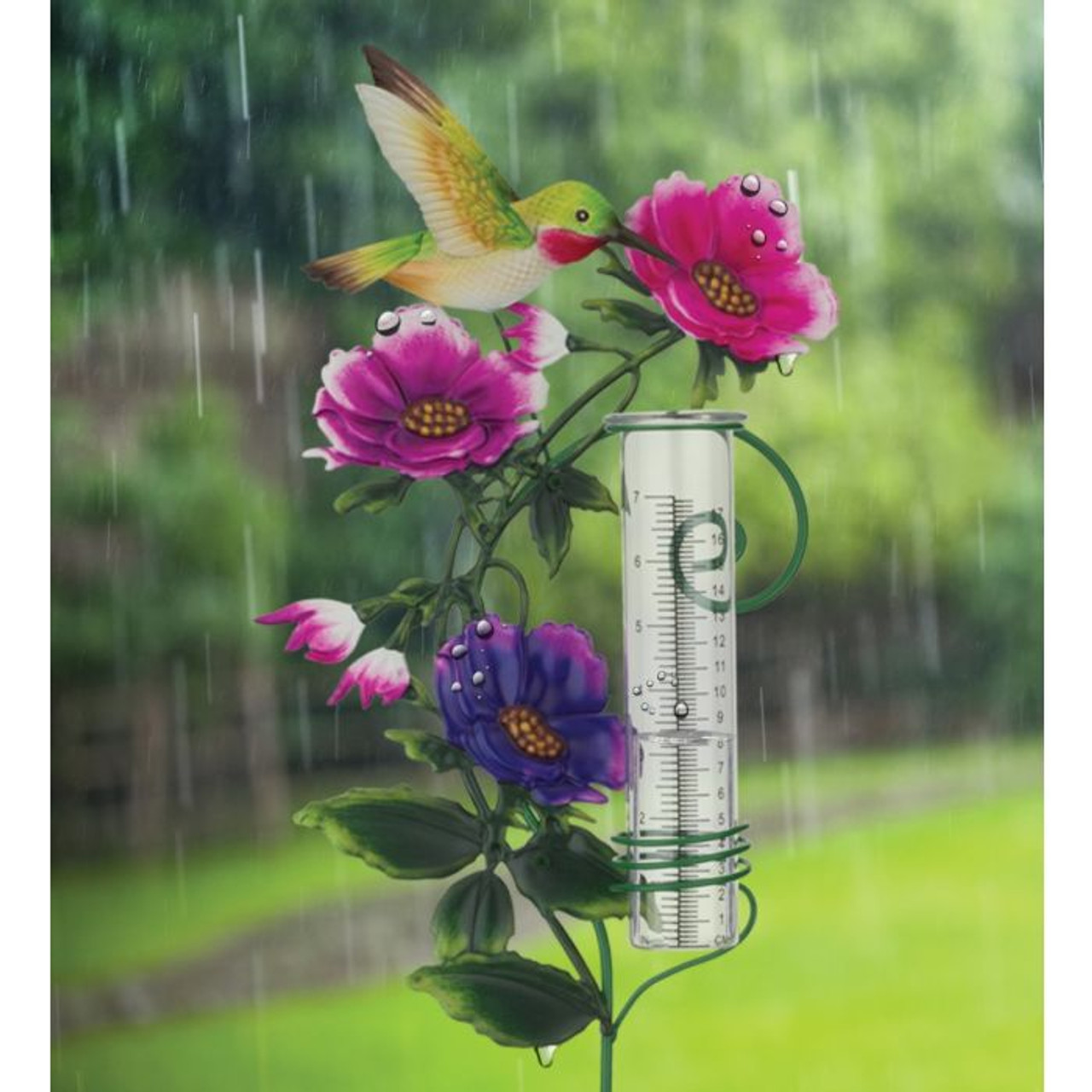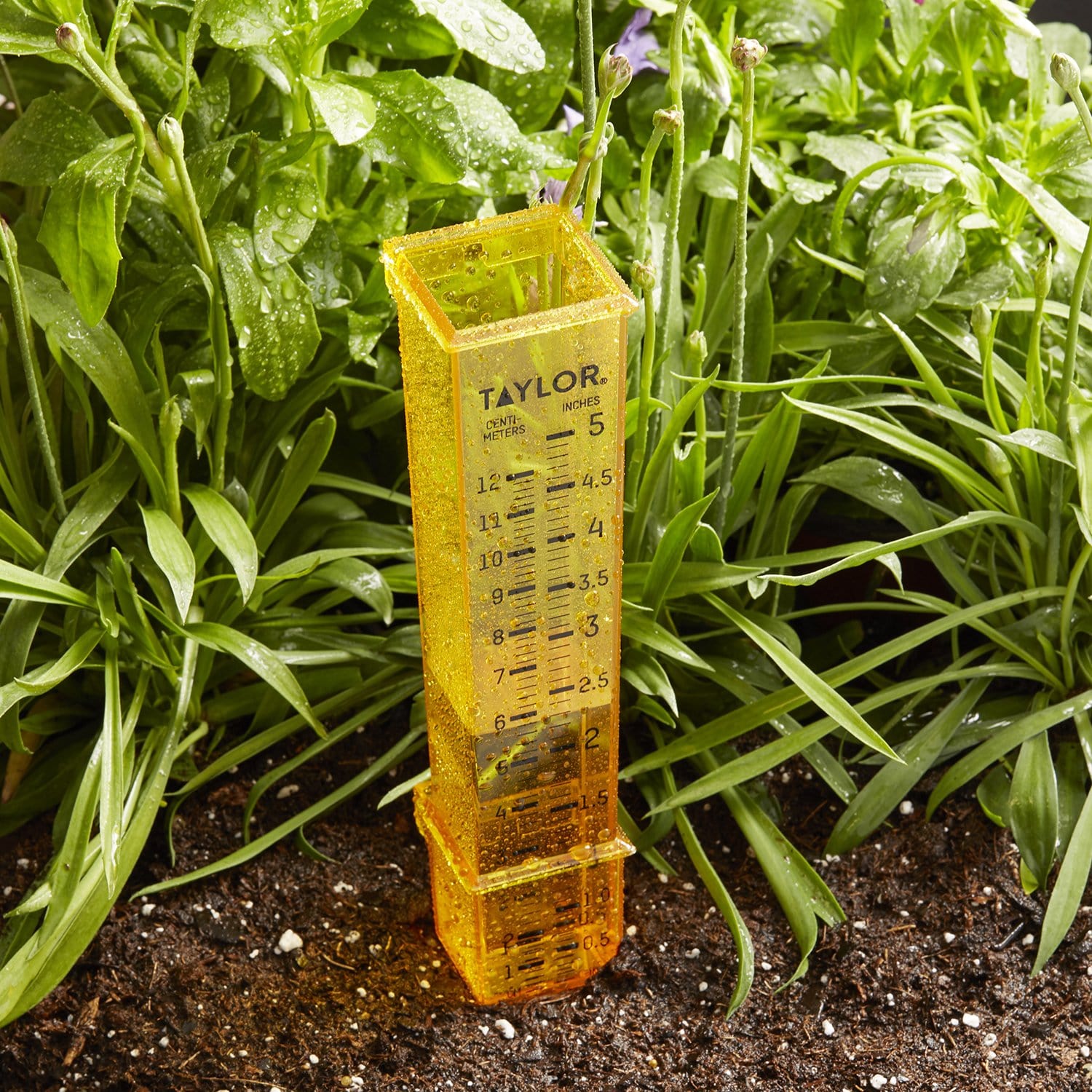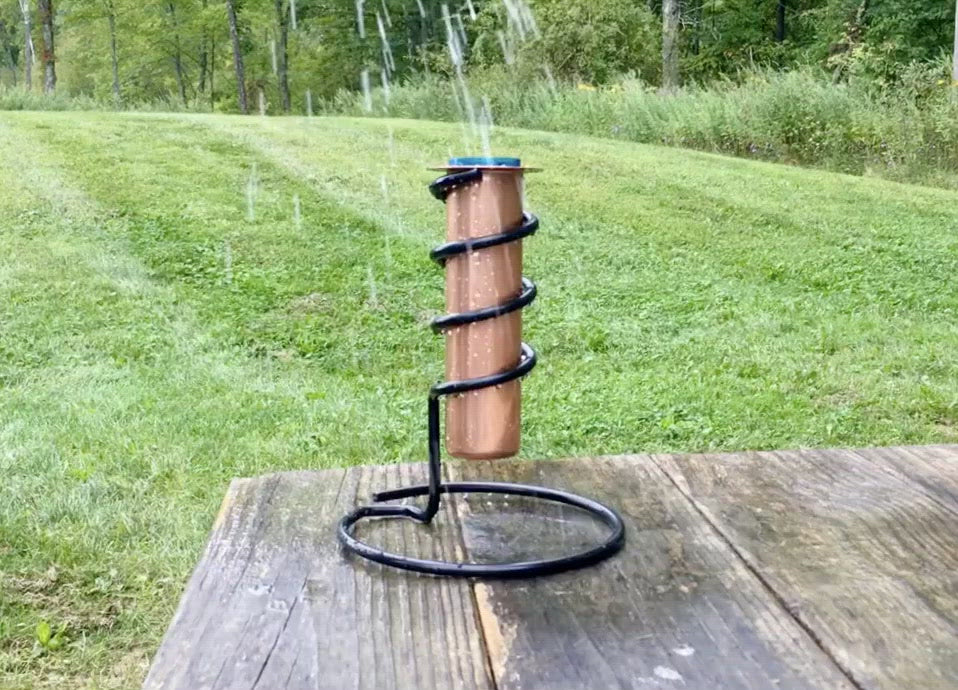The Rain Gauge: Crucial Info and Best Practices for Weather Condition Fanatics
Wiki Article
Exactly How to Pick the Right Rain Gauge for Accurate Rainfall Data
Exact rainfall information is critical for various markets and tasks, such as agriculture, meteorology, and water resource monitoring. To acquire trustworthy measurements, it is important to pick the best rainfall gauge. This overview aims to offer useful insights into the selection procedure, allowing you to make educated choices. Thinking about factors such as area, kind, and precision of the rain gauge will certainly help make sure precise information collection. Additionally, comprehending the upkeep and calibration treatments will add to the longevity and integrity of your rainfall scale. By adhering to these guidelines, you can ensure precise rains data, allowing better decision-making and preparation for numerous applications.Relevance of Choosing the Right Rainfall Gauge
The importance of selecting the appropriate rainfall gauge exists in obtaining trustworthy and exact rains data for precise meteorological analysis. Rainfall information is essential for a large range of applications, including climate projecting, hydrological modeling, and environment study. Incorrect or unstable information can lead to wrong conclusions and flawed decision-making processes.
Second of all, the accuracy and precision of the rainfall scale are critical. The scale ought to be able to determine rains with high accuracy, recording also small quantities of rainfall precisely.
In addition, the location and installation of the rain scale are crucial factors to consider. It must be positioned in an open area, far from blockages that can impact rains dimensions. The scale needs to be placed at a proper height and angle to stay clear of splashing and ensure proper catchment of rain.
Aspects to Take Into Consideration When Picking a Rain Scale
When choosing a rain scale, there are several key variables to consider. There are various types offered, consisting of typical rain evaluates, tipping bucket rainfall determines, and evaluating rain determines.An additional factor to think about is the product of the rain scale. Rainfall determines can be made from different materials, such as metal, glass, or plastic. The product chosen ought to be immune and sturdy to weather problems, making sure that the rain gauge will certainly hold up against the elements and provide precise dimensions with time.
Accuracy is also a critical element to think about. Search for rain evaluates that have been calibrated and tested for precision. Functions such as anti-splash rings and funnels can also improve the precision of the measurements.

Lastly, consider the environment and atmosphere in which the rainfall scale will certainly be made use of. Different rainfall evaluates appropriate for different climates, so it is very important to choose one that is suitable for the problems in your location.
Different Types of Rain Gauges Offered
To even more discover the elements to take into consideration when picking a rainfall gauge, it is crucial to recognize the various types of rain gauges offered. The most usual kind is the basic rainfall gauge, likewise understood as the cylindrical rainfall scale.One more type of rain scale is the tipping container rainfall scale. As the rain falls into the scale, it fills up one side of the bucket, creating it to tip and empty the water.
A third sort of rainfall scale is the weighing rainfall gauge. This gauge uses an equilibrium system to measure the weight of the gathered rainfall. As the rainfall falls right into the gauge, it is collected in a container attached to a balance. The weight of the water is measured, and the rains amount is computed based on the weight. Evaluating rain assesses are highly accurate yet can be a lot more expensive and need regular maintenance.
Finally, there are likewise remote rainfall assesses that usage progressed modern technology to determine rains (The Rain Gauge). These evaluates use sensing units and transmitters to send out data wirelessly to a main system. Remote rainfall assesses are practical for keeping an eye on rains in hard-to-reach locations or for large-scale information collection
more info here
How to Establish the Accuracy of a Rainfall Scale
One means to assess the precision of a rainfall gauge is by conducting regular calibration dimensions. Calibration includes contrasting the readings of a rain scale to a standard dimension, such as a qualified rain scale or a weather terminal with high accuracy. By comparing the measurements, any kind of discrepancies or errors in the rainfall scale can be recognized and accounted for.To conduct a calibration dimension, begin by collecting rains data from both the rain gauge and the conventional dimension tool over a certain amount of time, such as a month. Contrast the analyses and compute the distinction in between them. This difference is called the calibration error.
It is very important to note that calibration measurements should be carried out on a regular basis, as environmental elements, such as temperature, debris, and wind, can influence the precision of the rainfall gauge with time. By performing normal calibrations, any adjustments in the precision of the rain gauge can be discovered and changes can be made as necessary.
Along with calibration, it is likewise suggested to clean and keep the rainfall scale consistently to guarantee its accuracy. Eliminate any kind of debris or blockages that might affect the accuracy of the dimensions, and examine for any type of indicators of damage or use that may need repairs or substitute.
Tips for Preserving and Calibrating Your Rain Gauge
Routine upkeep and webpage calibration are important for ensuring the accuracy and reliability of your rain scale in measuring rains data (The Rain Gauge). By complying with a couple of simple tips, you can make sure that your rainfall gauge is correctly maintained and calibratedFirst of all, it is essential to cleanse your rainfall scale frequently to stop any type of debris or dirt from blocking the rain collection mechanism. Make use of a soft brush and a light cleaning agent to carefully clean up the inside and outside of the scale. Rinse it completely with tidy water and enable it to dry entirely before re-installing it.
Secondly, it is recommended to adjust your rainfall scale a minimum of when a year. Calibration entails comparing the measurements of your rainfall scale with those of a relied on and exact recommendation scale. This will assist you recognize and deal with any type of potential errors in your rain scale's dimensions.
To adjust your rain gauge, collect a recognized volume of click now water making use of a gauging container and contrast it with the measurements taped by your rainfall gauge. Change the readings appropriately to guarantee accuracy.

Verdict
In verdict, choosing the appropriate rain scale is essential for getting accurate rains information. Aspects such as purpose, budget, and place must be thought about when picking a rainfall gauge.There are various types offered, including basic rainfall assesses, tipping bucket rain assesses, and evaluating rain evaluates.To additionally check out the aspects to consider when picking a rainfall gauge, it is vital to understand the different kinds of rainfall gauges readily available. The most usual type is the conventional rainfall scale, additionally understood as the round rainfall scale.An additional type of rainfall gauge is the tipping bucket rain gauge. Calibration includes comparing the readings of a rain gauge to a standard measurement, such as a certified rainfall scale or a climate station with high accuracy.
Report this wiki page